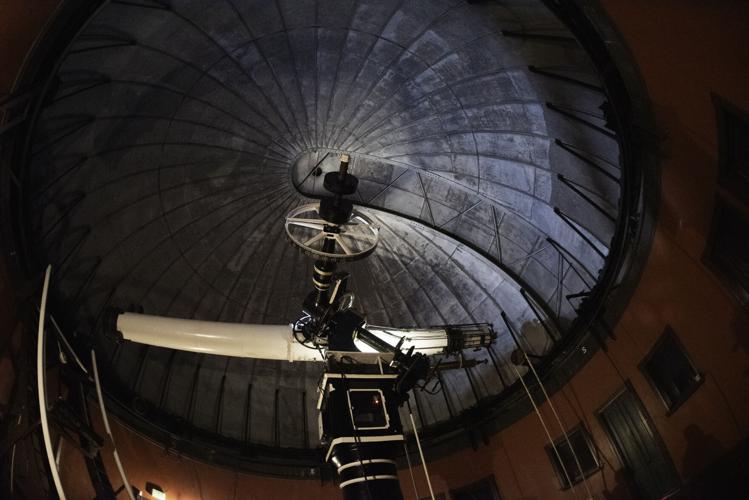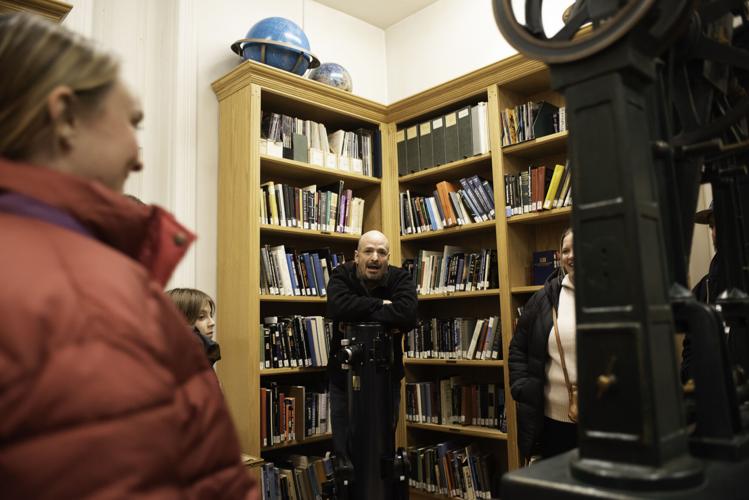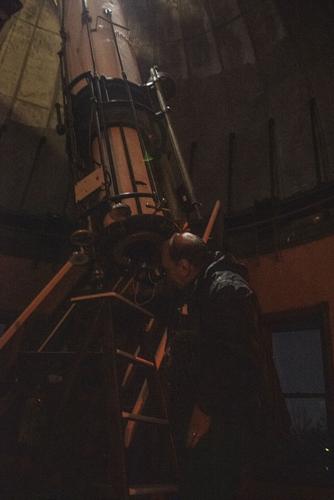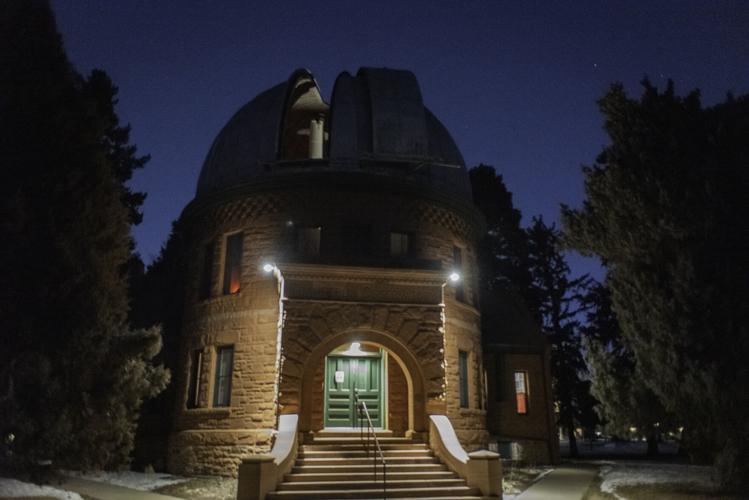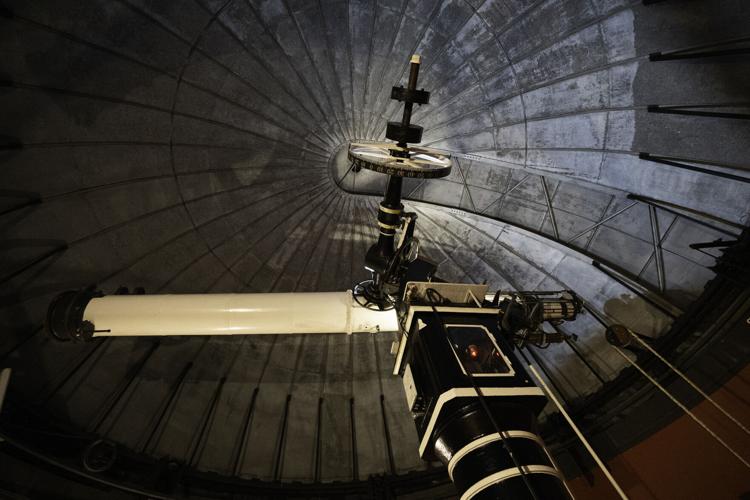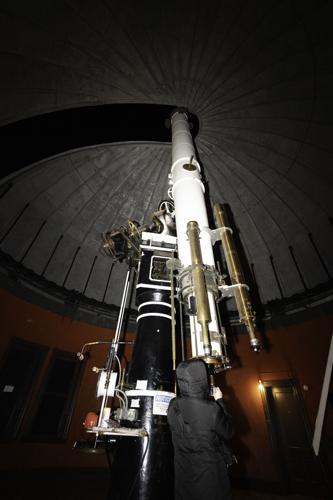DU’s Chamberlin Observatory offers stargazers down-to-earth perspective of cosmos
Believe it or not, early Denverites – and others – relied on a telescope to help tell time in the late 1800s.
Operators needed to standardize the time between two points to prevent people from missing trains and trains from colliding. Relying on the sun wasn’t always practical due to variations in the earth’s orbit and the tilt of its axis.
Thus, observatories that tracked and logged the location of stars and transmitted the information via telegraph became the world’s new master clocks, and Denver’s first “timepiece” is still in operation today.
Although its mission has changed over the years, the large refracting telescope housed at the University of Denver’s historic Chamberlin Observatory remains one of Denver’s unique landmarks – and a fascinating look back at the history of the Mile High City.
“Chamberlin was initially built as a research facility for astronomers at DU, while the smaller dome in Observatory Park was used for student projects,” said Jennifer Hoffman, DU professor of physics and astronomy and director of the observatory. “But the main observatory has always played a key role in astronomy courses at DU, and we have several historical photos of students using the 20-inch (diameter) telescope during their classes.”
Construction of the observatory, with its iconic red-stone rotunda, began in 1890 and is named for local real estate magnate Henry B. Chamberlin, whose $50,000 gift funded the project.
That distinctive red stone, similar to that of the Brown Palace, came from the same quarry.
When completed in 1894, the observatory’s Alvan Clark-Saegmuller 20-inch refracting telescope was thought to have been the fifth-largest in the world and one of only three similar telescopes made at the time.
While most observatories are not open to the public, Hoffman said that the Chamberlin Observatory has welcomed the Denver community to enjoy a variety of stargazing experiences from the beginning.
“The first director, Professor Herbert Howe, recorded visits by groups of up to 800 people in the months immediately after the observatory was completed,” she said.
Although early researchers primarily used the 26-foot-tall telescope to study comets, the availability of larger telescopes and Denver’s increasing light pollution have rendered it useless as a research instrument for modern work.
“It’s just surrounded by too much light,” Ken Sturrock, Denver Astronomical Society member and public event presenter, said. “But a lot of students cut their teeth here at the observatory. There are increasingly fewer universities where students touch real hardware.”
He added: “So to come here, to this very analog old-fashioned kind of place, is kind of neat, and I think it gives the students at the university an interesting perspective.It’s old and crotchety, but it’s a very approachable instrument. You know, you can look at it and see how it all works.”
The Denver Astronomical Society has made the Chamberlin Observatory its home since 1949 and hosts dozens of events to promote amateur astronomy, including open houses, astronomy nights, and special stargazing events. Membership information and a calendar of events is available at www.denverastro.org.
Interested members can even become official telescope operators at the observatory, according to 25-year DAS member and lead telescope operator Brad Gilman.
“The hardest part, for most, is the dedication of showing up every other week,” Gilman said.
But what does an antiquated observatory have to offer in the 21st century?
“As our lives get more disconnected from the natural world, I think an observatory has an important role to play in reminding people that the night sky is part of their natural environment and cultural heritage,” Hoffman said. “It’s a place where community members gather to look outside themselves and experience their connection with the larger cosmos. It reminds us not only that there’s a big universe out there, but that the Earth is a part of it and that we have the tools and the intelligence to learn about it.”





